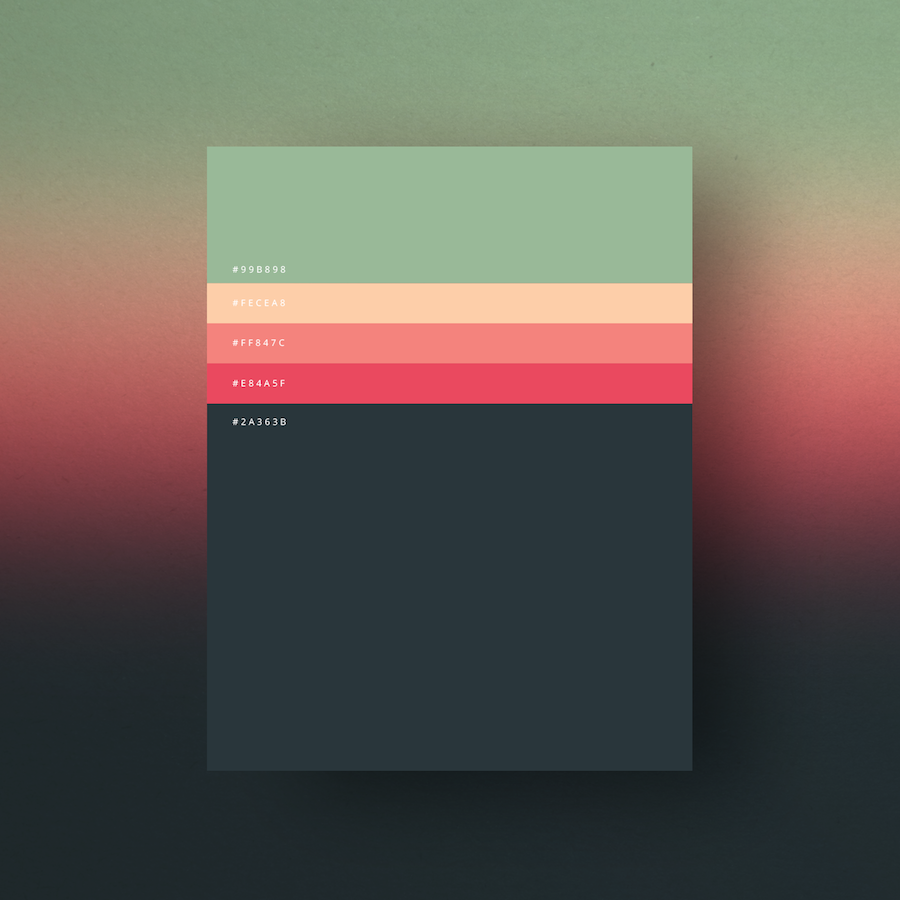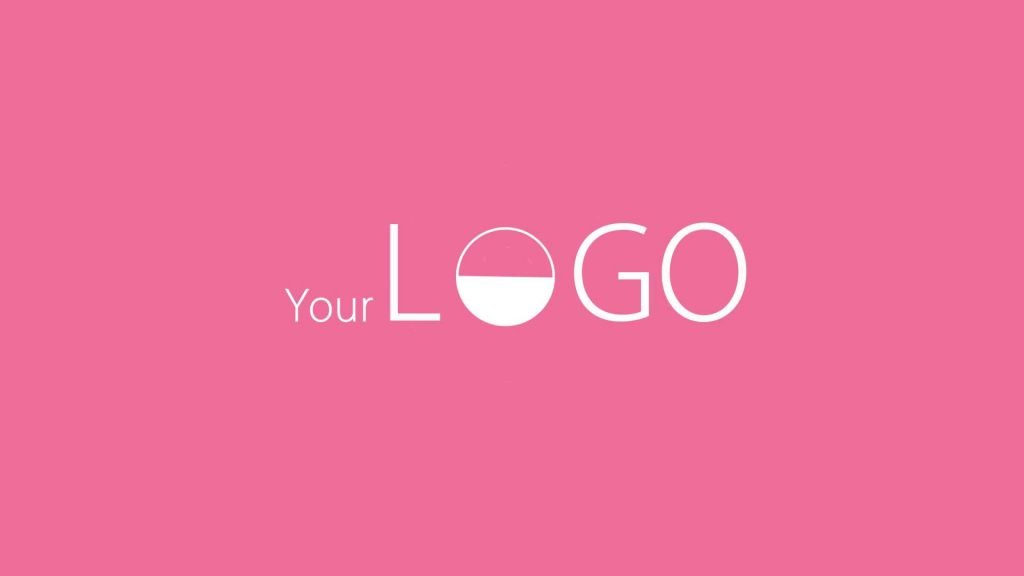As 2017 is coming to an end, it’s not only time to reflect on all the amazing web designs that have been created but also take a look at the web design trends for 2018. As web design is in general a super dynamic and constantly evolving process, it’s extremely important for designers to stay up to date with future trends. Here are some of the most important web design trends for 2018 .
From Flamboyant to Minimalistic: Flat Design
Globalgraphics, a web design toronto company revealed that flat design is a trend that has already started in 2015 and evolved into one of the most important design styles in 2017. Since mobile access numbers to the WWW are constantly growing – and will keep on doing so in the years to come – “mobile first” is the main objective for every web designer. Hence, quick loading times for a website have become more important than ever! Not only because of UX but also to boost up the SEO value. Since websites with high resolution images and videos are everything but fast loaders, designers began to create clear structured, simple, and minimalistic web sites and called this new design trend “Flat Design”.
Although “flat design” might sound kind of boring at first, this design trend is anything but! Here, you may find an example of flat design at its best from 2017. Flat design purely emphases on usability. This design focuses on decluttering the page and getting rid of all slow-loading and distracting high-resolution images. Clear structures, flashy colours, lots of open space, illustrations, and simple images make the website fun to use and super-fast to download – no matter if on a mobile device or on a desktop computer. An added bonus for a flat designed website is that it will increase its ranking on any search engine. Google & Co. really focus more than ever on websites that feature page speed and are easy to optimize.
Responsive Web Design – A Very Cool Trend!
Creating a new website without RWD (responsive web design) in 2018 is like bringing a knife to a gun fight. It just won’t cut it! Especially in our “mobile first environment”, a website must be visible and usable on any given device screen – no matter if the user accesses the site via a desktop computer, a huge flat screen TV, a smartphone, or a tablet computer. Especially companies who earn their money exclusively on the WWW will go broke if they present their goods or services on a website without RWD.
And then there is the constant rise of UX (User Experience) which RWD has to adept to. UX is a concept which has been around for a couple of years but has become one of the most important elements in 2017! In 2018, UX will expand even more, and it will include new technologies like virtual reality (VR) and augmented reality (AR).
Unique Picture Content
Delivering unique text content is necessary for any successful website. But web designers are now also discovering the benefits of integrating unique graphic illustrations into the web design. In consequence one of the most interesting and fun web design trends in 2018 will be the rise of a very individual art from: Sketch Art! Many businesses have been using sketch art as part of their marketing campaigns and it is going to play a huge role for web design in the coming year. The times of boring, ever reoccurring stock images on websites are hopefully coming to an end …
Animated Logos – Keep it Moving!
One of the most fun web design trends for 2018 are animated logos. Although they have been around for some years – some of them were (and are!) super annoying and distracting – 2018 will be the beginning of a new area for animated logos. Thanks to modern day technologies and web browsers, these cool design tools are much easier to download and way more advanced than their flashy predecessors. Scroll-triggered animations and animated logos will be nice eye-catchers on the websites of tomorrow. Animated logos, scroll-triggered animation and individually designed loaders are amazing gadgets which make any page more fun to use and can enhance the branding of any product and/or service offered via the website. Users memorize and comprehend dynamic visuals much easier than static ones. A fact that made video content so popular as a marketing and web design tool. Consequently, animating the logo – which is the most significant marketing image of any company – will significantly support the brand awareness of the users.



